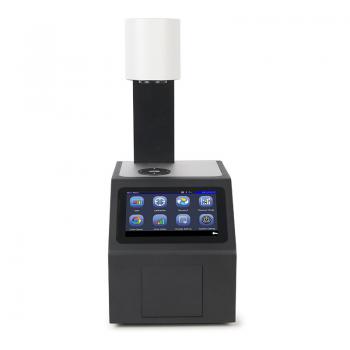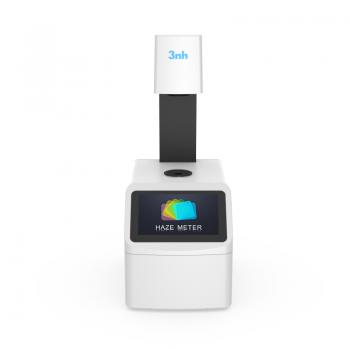Film haze and transparency measurement
The haze and transparency of a film are two important indicators for evaluating its optical properties, which directly affect the functionality, visual effects, and applications of the film in various industries. Films are widely used in food packaging, electronic display protective films, solar cell encapsulation films, and other fields. Different applications may have different requirements for their haze and transparency. Therefore, accurate measurement and control are important links to ensure the quality of the film. Accurate control of haze and transparency can ensure the performance of the film in specific applications. It is widely used in the following industrial applications:
Food packaging: Transparent films are used to improve the display of food. Low haze and high transparency allow consumers to clearly see the state of the contents. Translucent films are used to protect food from direct sunlight, such as light-shielding milk packaging bags.
Electronic display protective film : In the protective film of mobile phones and displays, high transparency can ensure screen clarity, while appropriate haze can reduce interference from reflected light.
Solar cell encapsulation : Encapsulation films require low haze and high light transmittance to improve the energy conversion efficiency of solar cells.
The measurement of film haze and transparency is a key step to ensure the performance of films in various industrial applications. Manufacturers can strictly control the optical properties of films by using high-precision equipment such as 3nh haze meters and spectrophotometers to meet the requirements of haze and transparency for different applications, thereby improving product quality and market competitiveness.








 0086 18165740359
0086 18165740359 529 Hits
529 Hits
 2024-11-26
2024-11-26



 Skype Online
Skype Online